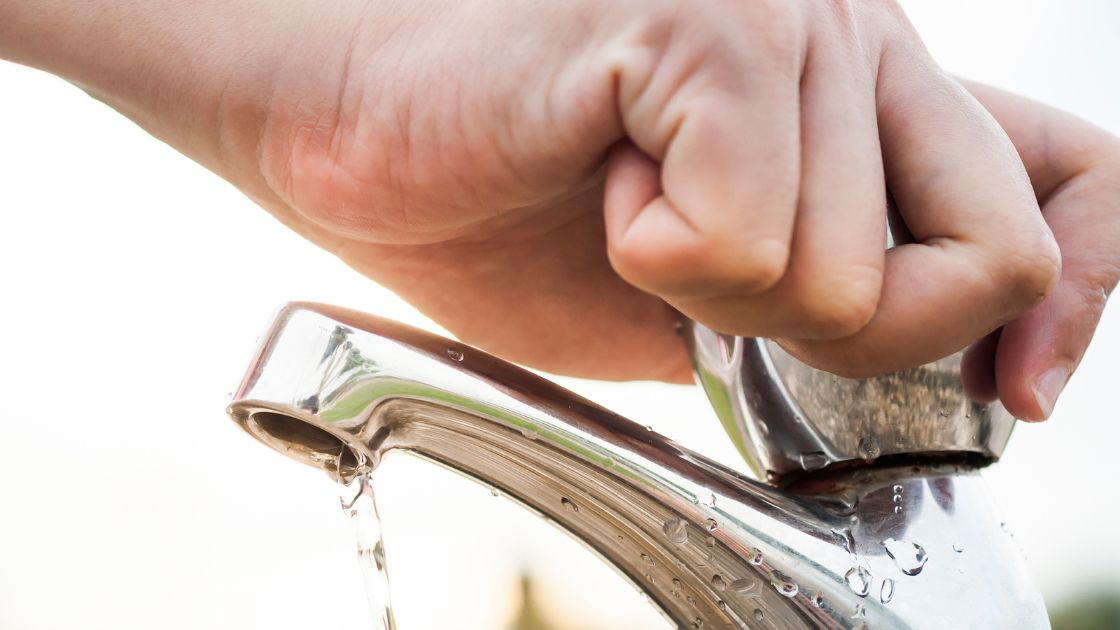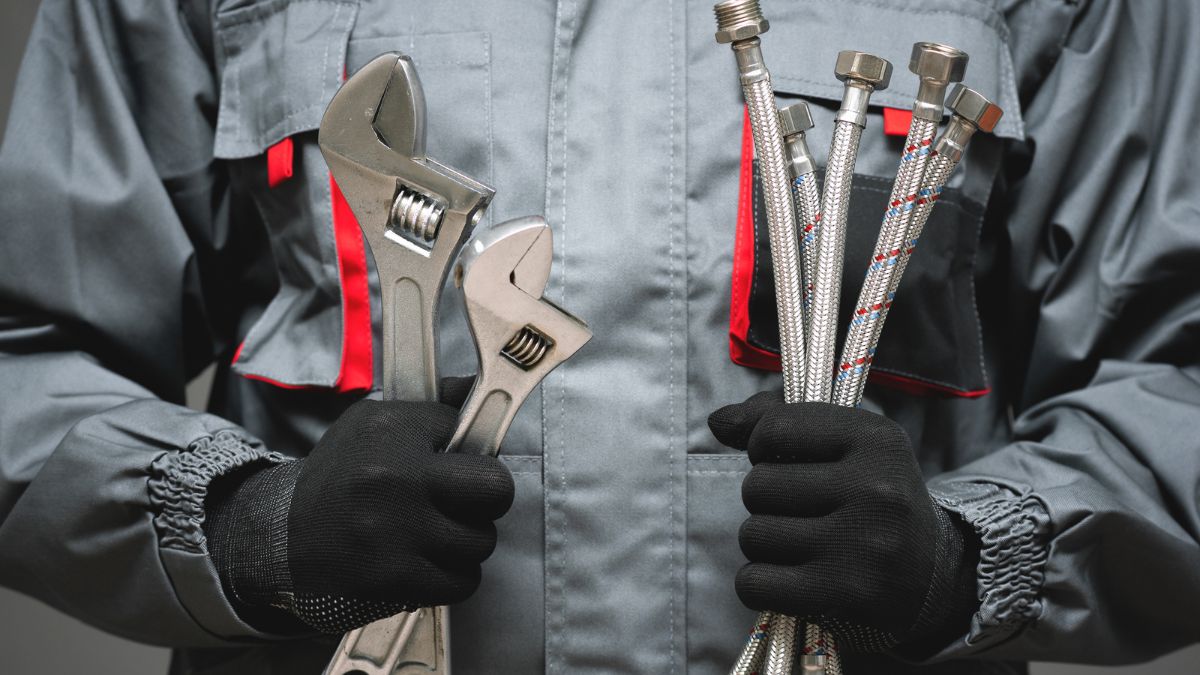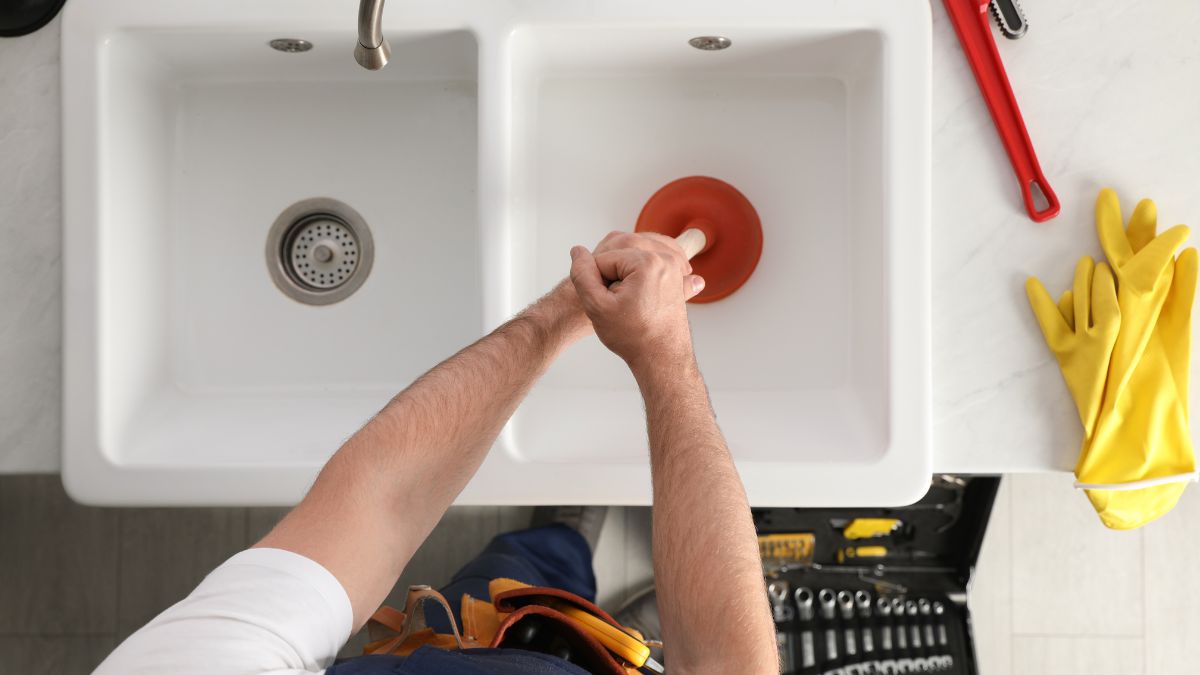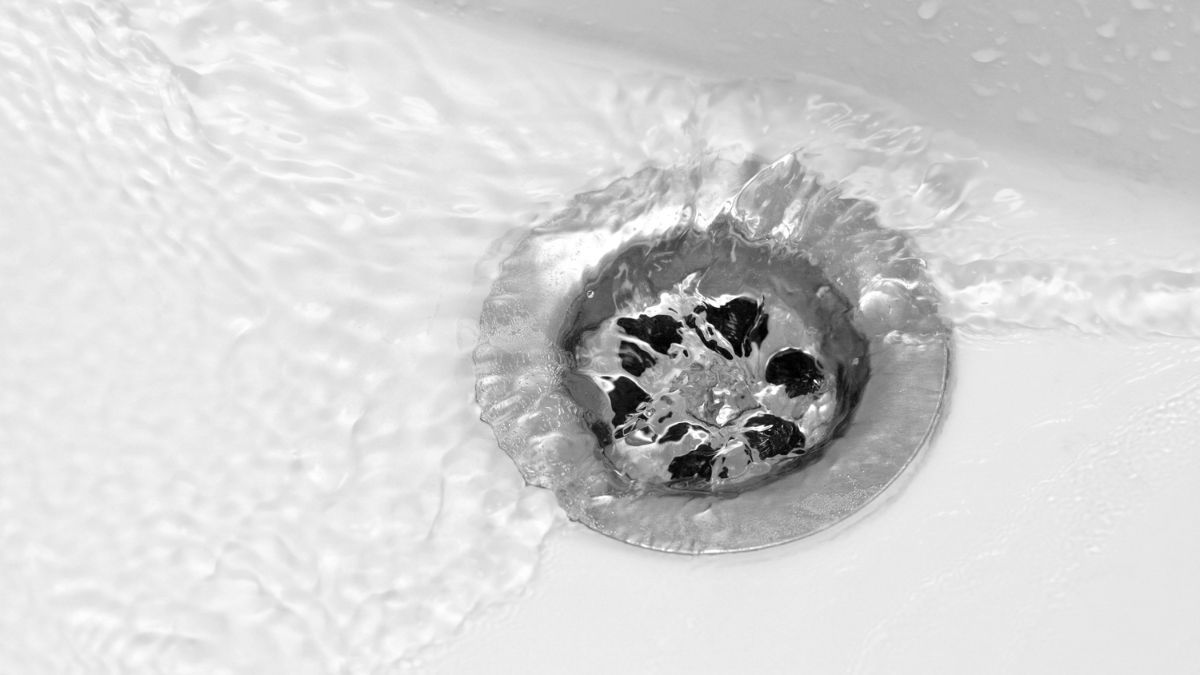Easy Water Saving Tips For Your Home
With drought and water scarcity becoming increasingly common in Australia, it’s crucial for households to reduce their water usage. Implementing small changes can significantly cut your home’s water consumption and lower bills. This guide covers simple, effective water-saving tips you can easily apply.
Upgrade to a Water-Efficient Washing Machine
Washing machines can use up to 150 litres per load in older models. Upgrading to a water-efficient front or top-loading washing machine reduces water consumption per wash while still cleaning effectively. Look for machines with a 3-star WELS rating or higher.
Turn Off Taps When Brushing Teeth
Leaving taps running while brushing your teeth is a major source of water wastage. Simply turn the tap on to wet your brush initially, then turn it off until you need to rinse. This can save several litres each time.
Install Water-Saving Showerheads
Replacing regular showerheads with water-efficient models reduces flow while maintaining good water pressure. Low-flow showerheads can decrease water usage by 50% or more per shower.
Take Shorter Showers
Use a simple shower timer to monitor your shower length. 5-minute showers are recommended. The less time spent in the shower, the more water you save.
Identify and Repair Leaks
Dripping taps and leaking toilet cisterns can waste thousands of litres over time. Regularly check faucets, pipes, and toilets for leaks. Have any issues fixed promptly by a plumber.
Related article: How To Fix A Leaking Mixer Tap in 6 Easy Steps
Only Run Full Loads
When using your washing machine or dishwasher, run full loads only. This maximises water efficiency per wash cycle. Wait until you have a full load ready rather than running multiple small loads.
Install Water Tanks
Collecting rainwater in water tanks provides a free source of water for uses like gardening and washing cars. This also reduces reliance on mains supply. Consider installing tanks above or below ground.
Use Greywater for Gardening
Reusing water from showers, sinks, and washing machines to irrigate your garden conserves drinking water. Greywater systems filter and divert wastewater to your garden via irrigation pipes.
Choose Drought-Tolerant Plants
When landscaping, opt for native plants suited to low water conditions. Grouping plants with similar needs together also optimises watering efficiency.
Water Early Morning or Late Afternoon
Watering when evaporation rates are lower reduces wastage. Avoid midday watering – up to 90% can be lost to evaporation before reaching plants.
Install Pool Covers
Covering pools when not in use prevents evaporation. This can conserve thousands of litres over the swimming season. Automatically retracting covers are convenient options.
Reduce Toilet Water Use
Place a weighted bottle or bag in your toilet cistern to displace water and reduce per-flush water usage. Avoid using toilets as waste bins.
Educate Your Household
Get all family members involved in saving water. Lead by example, and remind each other of water-wise habits. Make it a team effort.
Implementing these effective water-saving measures in your home conserves our precious water resources and helps the environment. Most importantly, you’ll see the savings in your lowered water bills. Contact a plumber like The Plumbing Life Saver to install water-efficient appliances and fixtures. Together, we can reduce household water wastage.
Related article: Average Water Bill in Australia



